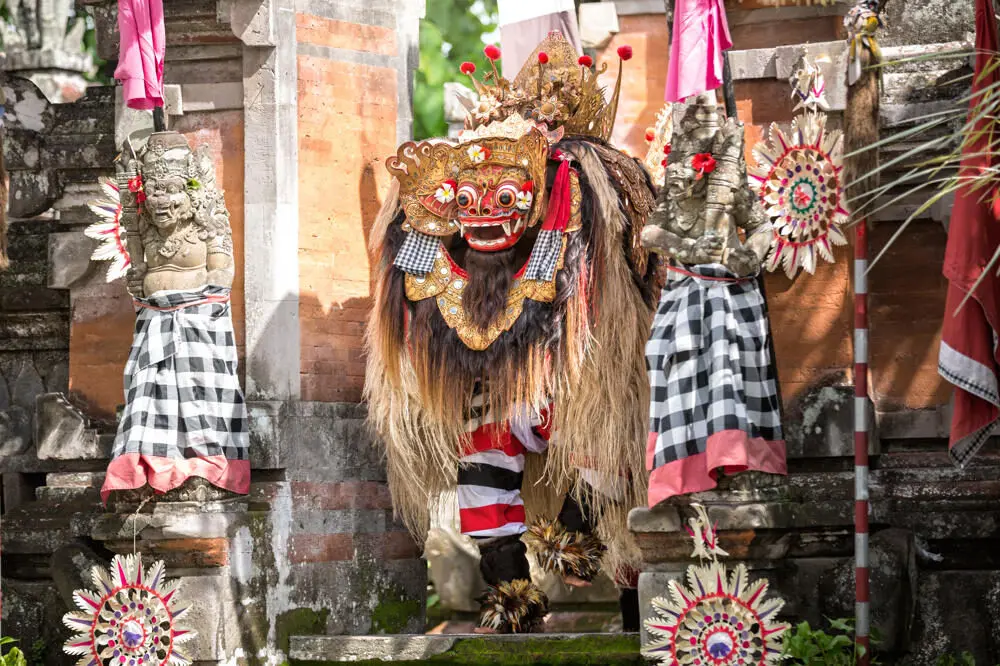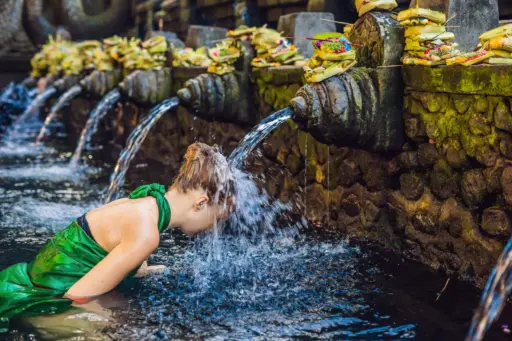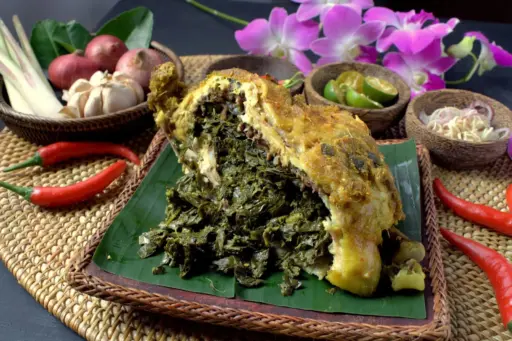STORYTELLING IN MOTION AND SOUND
Bali’s culture speaks as much through movement and sound as it does through temples and offerings. For centuries, dance and music have been inseparable from religious and community life on the island. They are not just performances for entertainment – they are living traditions, telling stories from Hindu epics, local legends, and moral teachings.
Whether you hear the hypnotic clang of a gamelan orchestra in a village temple or watch dancers’ eyes and fingers convey an entire drama, these art forms are among the most powerful ways to experience Balinese culture.
THE ROLE OF DANCE AND MUSIC IN BALINESE LIFE
On the surface, Balinese dance and music can seem like staged shows for tourists, but their origins go far deeper.
· Ceremonial purpose: Most dances are part of temple festivals, offerings to gods and spirits to invite blessings or ward off misfortune.
· Community connection: Villages take pride in their dance troupes and gamelan groups, training the next generation from childhood.
· Storytelling: Performances are a form of visual literature, keeping traditional tales alive.
Dance and music are also intertwined – a performance is rarely one without the other. The gamelan sets the rhythm and emotional tone, while the dancers’ precise movements match its changing pace.
THE GAMELAN – BALI’S MUSICAL HEARTBEAT
A gamelan orchestra is a shimmering, percussive ensemble of metallophones, gongs, drums, bamboo flutes, and sometimes stringed instruments. Each set is unique to its temple or village and considered sacred.
Characteristics of Balinese Gamelan
· Layered sound: Multiple instruments play interlocking patterns, creating a dense, textured rhythm.
· Dynamic changes: Sudden shifts from soft and slow to fast and loud, designed to match dance movements.
· Sacred status: Gamelan instruments are often blessed, and players follow rituals before performances.
Types of Gamelan in Bali
· Gamelan Gong Kebyar: Energetic and dramatic, popular for contemporary dance pieces.
· Gamelan Semar Pegulingan: Softer, often used in courtly and romantic dances.
· Jegog: Made from giant bamboo, producing deep, resonant tones, found mostly in West Bali.
SIGNATURE BALINESE DANCES AND THEIR STORIES
Legong
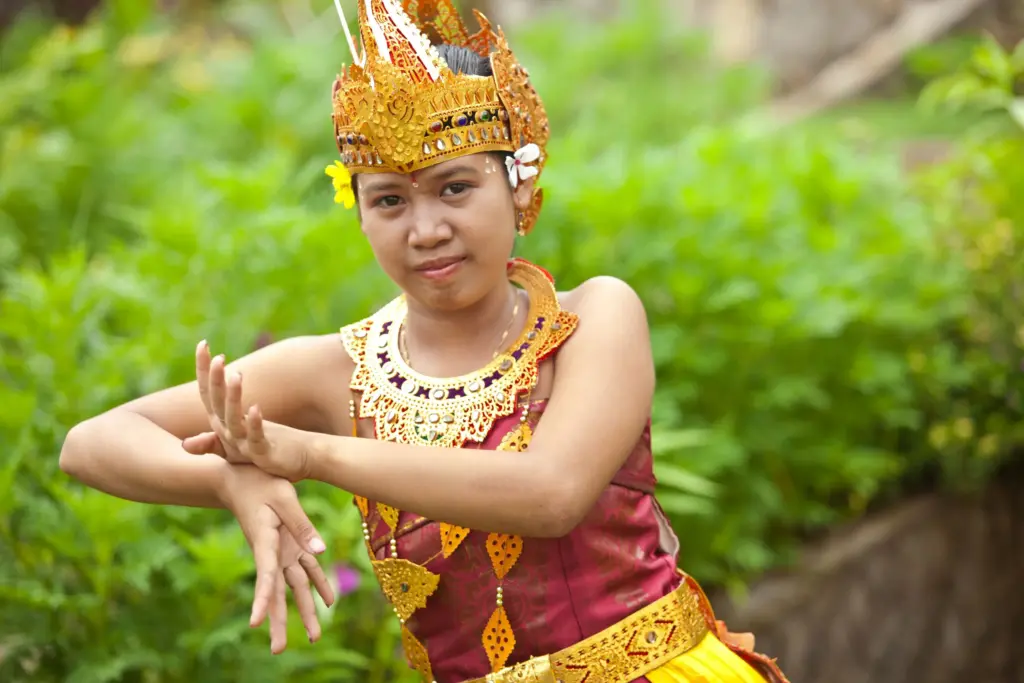
Perhaps the most iconic Balinese dance, Legong is performed by young girls in elaborate gold headdresses and colourful costumes.
Origin: Once performed in royal courts.
Movement style: Intricate finger gestures, precise footwork, and expressive eyes.
Story: Often depicts tales from Balinese history or mythology, such as the story of King Lasem from the Malat.
Barong
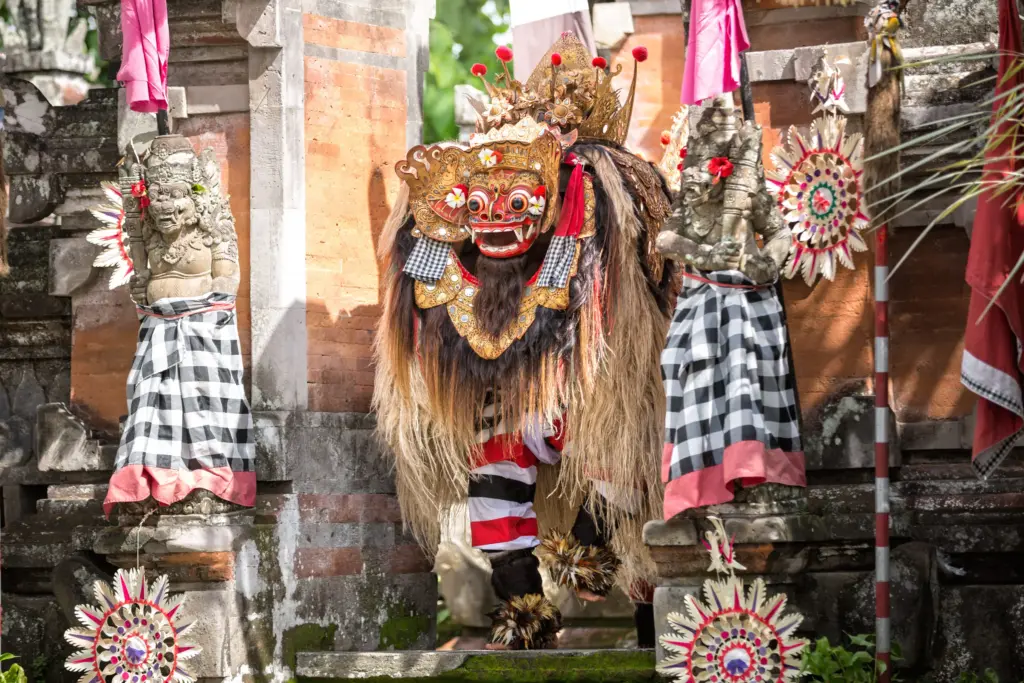
The Barong dance represents the eternal struggle between good (Barong, a lion-like creature) and evil (Rangda, a witch).
Purpose: Often performed before major ceremonies to protect the community.
Performance style: The Barong costume requires two performers inside, moving in sync.
Cultural meaning: A spiritual battle, not simply theatre.
Kecak
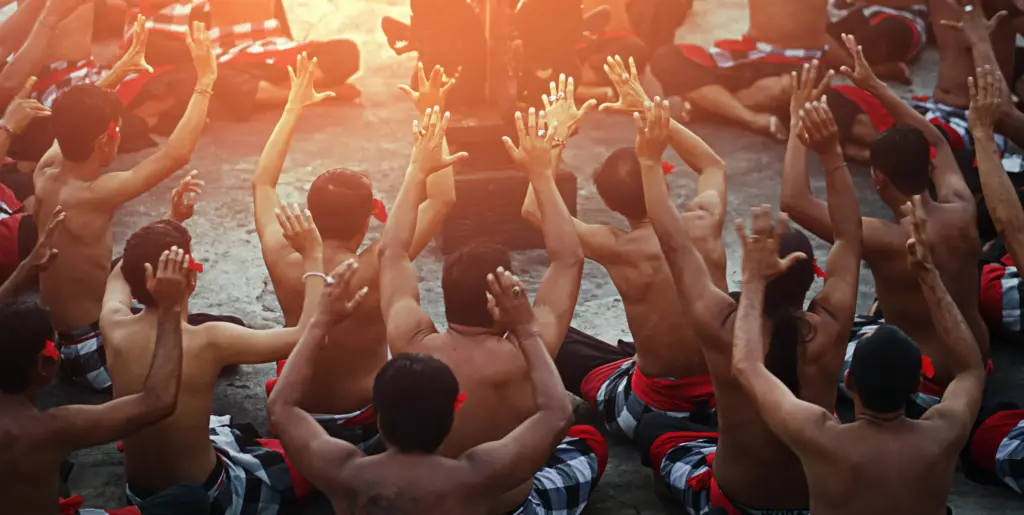
Known as the “monkey chant,” Kecak is unique for having no instruments – only a chorus of around 50 men chanting “cak” in rhythm.
Story: Usually the Ramayana, focusing on Prince Rama’s rescue of Sita.
Setting: Often staged outdoors at sunset, with Uluwatu Temple’s cliffside as a dramatic backdrop.
Tourist appeal: One of the most photographed performances in Bali.
Topeng
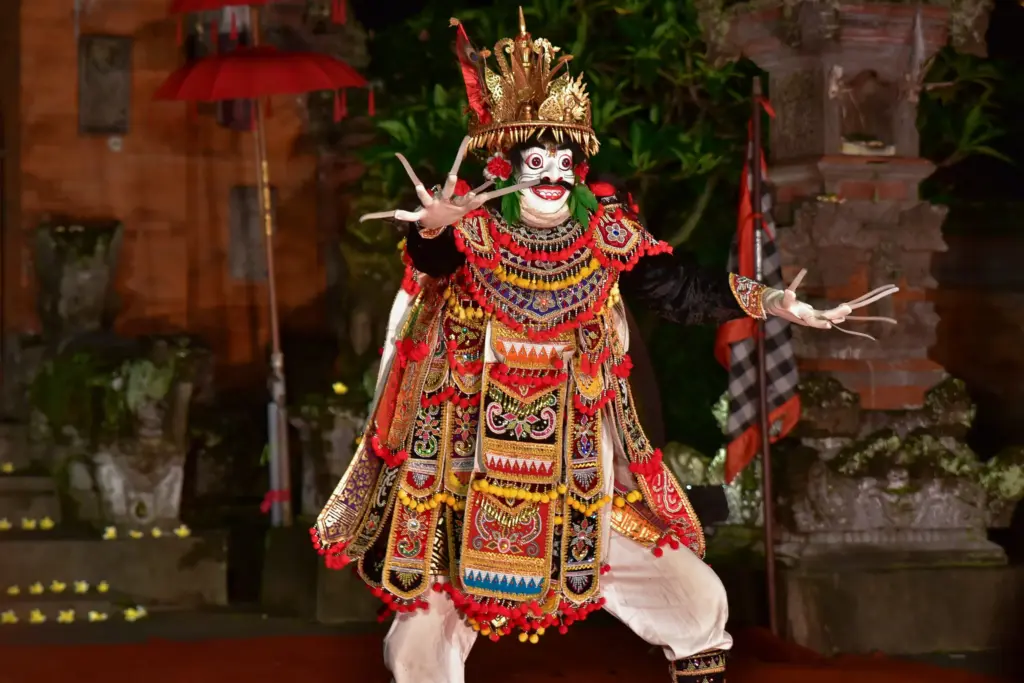
The Topeng dance uses colourful masks to portray characters ranging from kings to clowns.
Flexibility: Can be serious, comedic, or a mix.
Function: Performed at temple anniversaries and sometimes at private ceremonies.
SYMBOLISM IN DANCE MOVEMENTS
Balinese dance is highly stylised, and every gesture has meaning:
· Eyes: Rapid, darting glances express emotion and draw the audience into the story.
· Hands and fingers: Delicate positioning conveys specific symbolic messages.
· Posture: Bent knees and a low centre of gravity are characteristic, giving dancers stability and fluidity.
These movements are taught from a young age, often starting with practising eye and finger control before learning full choreography.
WHERE TO SEE AUTHENTIC PERFORMANCES
Temple Ceremonies
If you are lucky enough to be in Bali during a temple’s odalan (anniversary), you might see dances performed for the gods, not for tourists. These are not advertised – you will need local connections or a guide to find them.
Cultural Venues
· Ubud Palace: Nightly performances featuring Legong, Barong, and other dances, accompanied by a full gamelan.
· Pura Dalem Taman Kaja, Ubud: Famous for Kecak fire dance performances.
· Batubulan Village: Known for daily Barong dances.
Festivals
Events like the Bali Arts Festival (June and July) in Denpasar showcase the full range of dance and music from across the island.
LEARNING THE ART – WORKSHOPS FOR TRAVELLERS
Many cultural centres in Ubud and beyond offer short dance or gamelan workshops for visitors. While mastering even a single movement can take practice, these experiences give insight into the discipline and meaning behind each performance.
Recommended places
· Bali Culture Workshop, Ubud: Dance and gamelan lessons for beginners.
· ARMA Museum, Ubud: Offers cultural immersion programs.
PHOTOGRAPHY AND RESPECTFUL VIEWING
While performances aimed at visitors encourage photography, remember:
· No flash during temple ceremonies – it disrupts the atmosphere.
· Be mindful of blocking others’ view.
· Avoid walking in front of performers once a dance has begun.
BEYOND THE STAGE – MUSIC AND DANCE IN DAILY LIFE
Outside formal settings, you may hear gamelan rehearsals drifting from community halls or see children practising dance after school. Many villages host informal shows where locals and visitors mix, and these can be more intimate and authentic than tourist-focused venues.
WHY DANCE AND MUSIC REMAIN STRONG IN BALI
Several factors help these traditions thrive:
· Integration into religion: Many dances are offerings themselves, so they remain essential.
· Community pride: Villages compete to maintain high-quality troupes.
· Tourism support: While not the origin, tourism helps fund training and performances.
PRACTICAL TIPS FOR TRAVELLERS
· Check local schedules – many performances are on fixed nights.
· Arrive early for good seating.
· Combine a performance with a nearby dinner or temple visit for a richer evening.
Balinese dance and music are living cultural treasures. More than just visual and auditory delights, they are acts of devotion, storytelling, and community pride. For travellers, they offer an unforgettable way to connect with the island’s spirit – whether in the formality of a temple courtyard or under the open sky as chants echo into the night.
By engaging with these traditions respectfully, you become part of a cultural exchange that has been unfolding in Bali for centuries – one that continues to captivate hearts, one story, one rhythm, and one dance at a time. Wander Beyond Ordinary!
